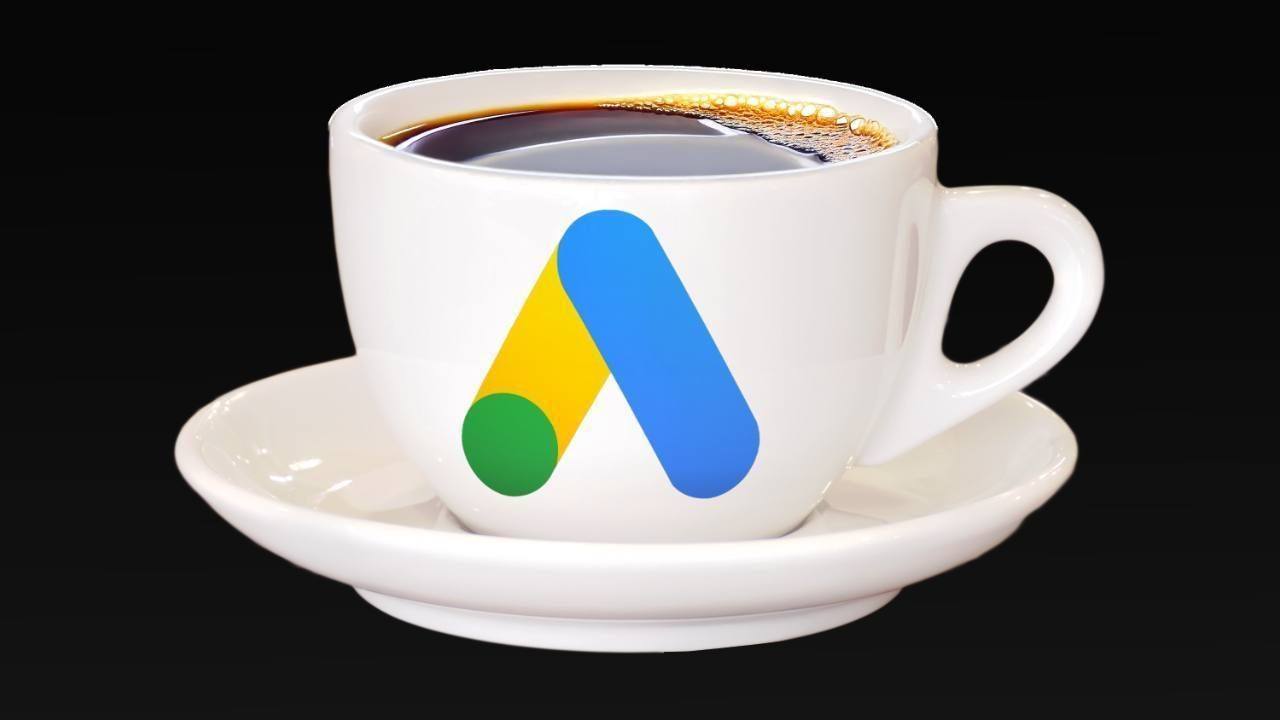The Ultimate Guide to YouTube Video Ad Formats

YouTube advertising is rapidly becoming a dominant force in digital marketing, offering brands unmatched opportunities to reach engaged audiences through diverse video formats.
In a recent expert discussion, I sat down with Cory Henke, founder of Variable Media, to break down what works—and what doesn’t—across YouTube’s top video ad placements. Here’s what marketers need to know.
Understanding the Three Primary YouTube Video Ad Formats
YouTube offers three distinct ad placements, each with its own strategic value:
1. In-Stream Ads (Skippable Pre-Roll)
In-stream video ads play before, during, or after other videos. These are best suited for long-form content (60–90 seconds) and allow brands to educate or entertain viewers while reinforcing brand identity.
Best practices:
-
Use a strong hook within the first 10 seconds.
-
Show the brand logo early to ensure brand recall.
-
Introduce the problem and solution within the first 30 seconds.
-
Include variations in tone, setting, and actors to test performance.
2. YouTube Shorts (Vertical Video Ads)
YouTube Shorts advertising mimics formats from TikTok and Instagram Reels. These short, vertical videos (15–30 seconds) are ideal for high-impact, user-generated content that grabs attention quickly.
Best practices:
-
Start with immediate value or a compelling statement.
-
Use UGC-style videos and customer testimonials.
-
Keep production simple and authentic.
-
Include a direct call-to-action before the end of the video.
3. In-Feed Video Ads (Previously Discovery Ads)
In-feed ads appear on the YouTube homepage and in search results. These ads act more like organic content and rely heavily on visual appeal and curiosity to drive clicks.
Best practices:
-
Use eye-catching thumbnails and engaging titles.
-
Promote long-form content such as founder stories and product tutorials.
-
Focus on inspiration and education.
-
Optimize the text overlay and image to improve click-through rates.
YouTube vs Meta: Platform Differences for Video Advertising
While Meta video ads and YouTube video ads can often use similar creative, there are key platform-specific considerations:
-
Engagement: Meta platforms (Facebook, Instagram) drive likes, shares, and comments. YouTube drives longer watch times and stronger brand recall.
-
User Intent: People visit YouTube specifically to watch videos. This makes it ideal for delivering value-rich, educational, or entertaining content.
-
Session Duration: YouTube viewers typically stay on the platform longer per session, which increases the opportunity for deeper brand engagement.
Tailoring Creative to Each YouTube Ad Format
To succeed with YouTube video marketing, the creative must match the format:
-
Shorts: Use UGC, voiceovers, and testimonials. Avoid content that feels like an obvious ad.
-
In-Stream: Build longer, story-driven videos. Use different hooks and visual variations to test performance.
-
In-Feed: Focus on inspiring content and founder-led storytelling. Optimize visual assets to stand out in the feed.
Creative Testing Strategies for YouTube Video Ads
Cory Henke emphasizes the importance of testing creative variations.
Here’s how:
-
Start with 2–4 versions of your ad with distinct differences (e.g., gender, location, tone).
-
Optimize the first 10 seconds for in-stream ads.
-
Test captions and creator types for Shorts.
-
Analyze click-through rates on in-feed ads to determine effectiveness.
-
Target a 50–70% view rate for strong performance indicators.
Using Demand Gen for YouTube Video Campaigns
With Google Ads shifting from Video Action Campaigns to Demand Gen, advertisers now have more control and segmentation capabilities.
You can now run campaigns specifically for:
-
Shorts-only
-
In-stream-only
-
In-feed-only
This allows for customized video ad strategies based on available creative and audience intent. Demand Gen also enables audience segmentation based on customer lists, interests, or specific YouTube channels—perfect for high-precision targeting.
Budgeting and Testing Timeline
-
Start with modest budgets (e.g., $5/day using YouTube Studio boosts or in-feed campaigns).
-
Run video ads for 10–14 days to gather meaningful data.
-
Use view counts (especially past the 30-second mark) and click-through rates to evaluate success.
-
Iterate rapidly based on which creative performs best.
Starting Video Ads from Scratch: What New Advertisers Should Do
For businesses that are new to video ads or just launching their YouTube ad strategy, Henke recommends:
-
Begin with in-feed ads for cost-effective branding.
-
Use existing videos from your YouTube channel to test engagement.
-
Repurpose your best-performing TikToks or Instagram Reels as YouTube Shorts.
- Leverage the power of long-form storytelling for in-stream campaigns.
Why YouTube Video Advertising is a Smart Investment
With lower CPMs than Meta and more advanced audience targeting, YouTube ads offer a strong return on investment—especially for brands that can tell a compelling story.
As YouTube continues to push Shorts and enhance Demand Gen capabilities, advertisers have more tools than ever to scale their presence cost-effectively.
Have a great week,
Aaron

- Monday 26th May, 8pm AEST: Video Ad Formats for Youtube & Google Ads
- Wednesday 28th May, 8pm AEST: How Performance Max Campaigns Work [Updated for 2025]
Head Over To My YouTube Channel 👇
|

[LIVE MASTERCLASS + Q&A]
Bidding Strategies | Aaron Young 💻
Tuesday, 27th May, 2025, 4:00 PM (AEST)
Tuesday, 27th May, 2025 06:00 AM (GMT)
Monday, 26th May, 2025, 10:00 PM (PT)




